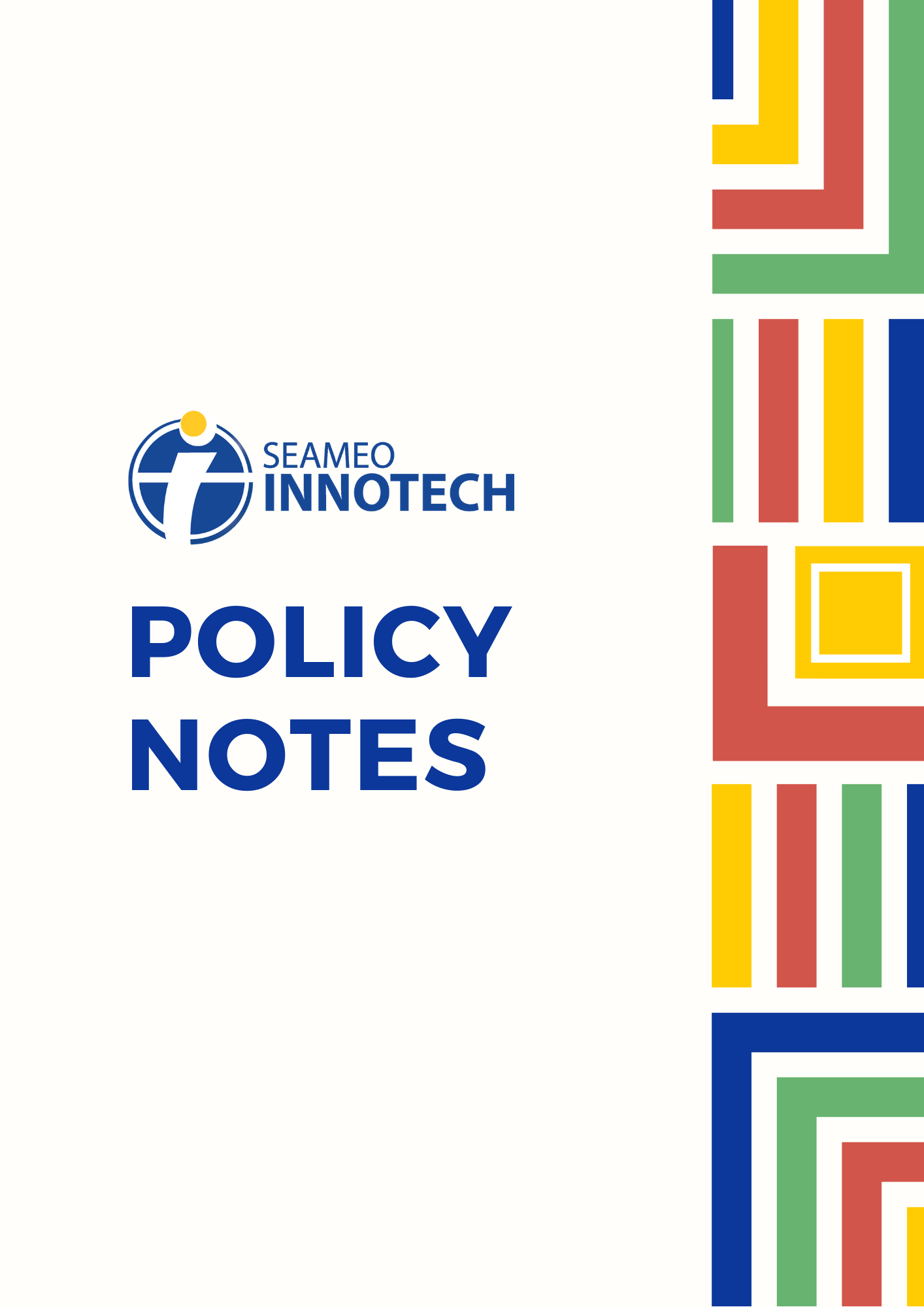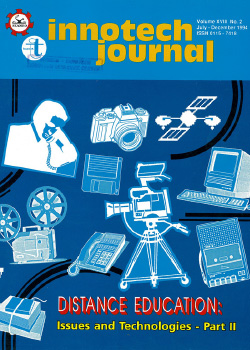
In Southeast Asia, the marginalization of children remains a huge concern in achieving inclusive early childhood care and development (ECCD). Twenty-five million children living in multidimensional poverty (United Nations Children’s Fund East Asia and Pacific, 2019) are in a disadvantaged position to receive high-quality ECCD programs, and therefore not only is their growth and development at risk but, in the long run, that of society in general as well.
Attendance of children in ECCD programs helps them to better perform in formal schooling, thus reducing the likelihood of repetition and early dropout (UNESCO-International Insititute for Educational Planning [UNESCO-IIEP] et al., 2019). Society benefits from children who participate in high-quality ECCD programs as it translates to higher earning, labor force productivity, stronger social attachment, and decreased social, economic, and gender inequalities (Heckman, 2015; Nores & Barnett, 2015). Addressing the inequities in achieving inclusive ECCD among children is a way to end the cycle of intergenerational poverty experienced by children who are born in poor households (Becher & Li, 2010), and therefore helps create an equitable society. Having quality ECCD programs offers opportunities to create a level playing field for all children, regardless of their status and background (UNESCO, 2006).
The eight (8) SEAMEO Member States included in this study recognize the benefits of having ECCD programs for children, as reflected in their national policies and frameworks. However, inequities still exist and factors such as poverty, geography, ethnicity, gender, disabilities, exposure to internal conflicts, susceptibility to disasters, and statelessness intersect with one another and create overlapping layers of marginalization. The existing gaps and challenges that need to be addressed include cultural attitudes, stereotypes, and practices; lack of knowledge on the importance of ECCD; low enrolment rate due to limited access and funding; issues in quality teacher training and services; and poor coordination among different government ministries and sectors. As described by UNESCO (2010), marginalization in education is a “form of acute and persistent disadvantage rooted in underlying social inequities.”
SEAMEO identified two of its seven priority areas as achieving universal early childhood care and education, and addressing barriers of inclusion by 2035. This regional study, which seeks to identify ways of achieving inclusive ECCD among marginalized children in Southeast Asia, supports these priority areas and, at the same time, shares the prospect of Sustainable Development Goal 4 to “ensure inclusive and equitable quality education and promote lifelong learning opportunities for all”.









